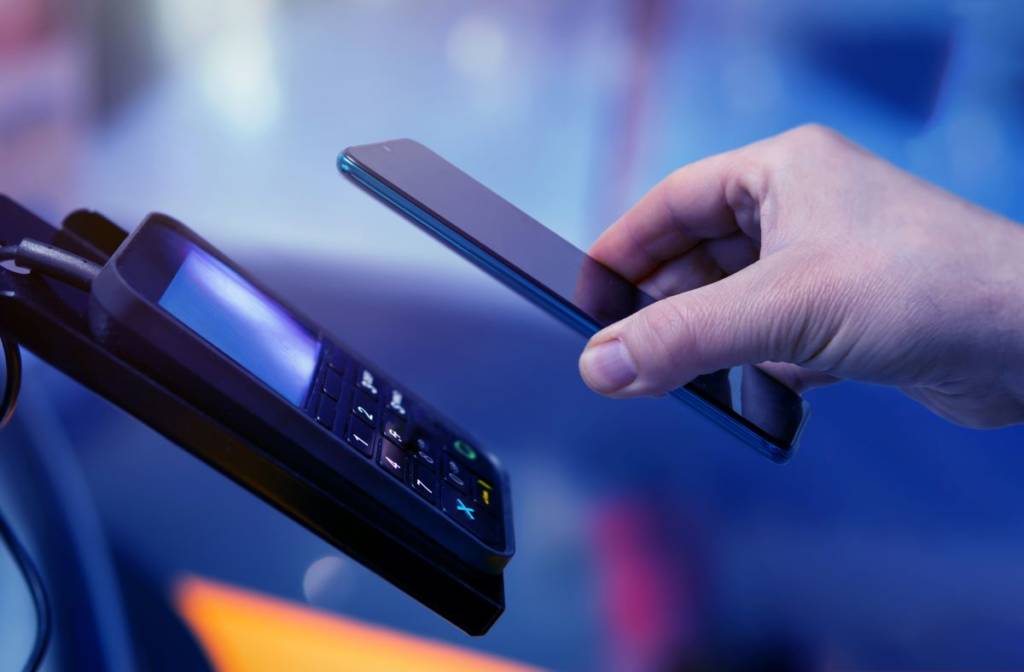Mark Ranta: One word for you, Dan: Fear. Be it rational or irrational; fear of data breach, fear of the unknown, fear of changing their long held (payment) habits—a topic you and I have discussed at length over the years. Also, did you just admit to watching the 58 Lifetime Christmas movies playing this year?
Dan Ring: Yes… moving on. Why is changing a payment habit (especially for the better) a tough thing to do?
MR: Dan, habits are hard to break—it’s as simple as that, especially when they’re what can only be classified as bad (or outdated) habits. Consumers should be taking advantage of these—whether they’re incentives, money back, etc. Brand loyalty has started to deliver a lot to end consumers, and we are seeing that merchants are willing to pay for it, but those habits—be they the quick swipe of a card or handing the store clerk cash—are hard to break. This is especially the case when you know for certain that they will work, because they have worked every time you have done it before.
DR: Mark, you and I also chatted a little while back about one of the credit cards we have in common—in fact, it’s the primary card for both of us and the incentives are insane (in a great way). You mentioned that these kinds of incentives will eventually go away. Why again will that happen?
MR: You’re misconstruing my words — I have said that they’ll likely disappear from the card ecosystem, and move toward the loyalty-based payments schemes riding on new payment rails such as immediate payments. As the models for payments evolve, the value will naturally move to where client demand is, and as that happens, the incentives will shift from where they sit today with the issuer side of the ecosystem, to the acceptance side of the ecosystem. That will certainly not happen overnight though, so you and I can continue to rake those points in for the foreseeable future.
DR: Ahhh, that’s right—I blame Vegas or Amsterdam or New Orleans or wherever we were when we had that conversation.
MR: I think it was from the backseat of our rickshaw in New Orleans, but the fact is the rewards are funded through the interchange and fee models that exist today. That high-price model is what most of the market talks about when they point to why we will likely go to immediate account-based payments models; with the cost taken out of the transaction, the funding source for those rewards drops (as they are construed today). The value then shifts to the data, which brings us to the incentives/loyalty schemes… your points may disappear, but if you’re savvy, you’ll start getting them on the other side of the payment!
DR: That means no more crazy incentives when signing up for cards?
MR: Yes and no or maybe? As we just talked about, consumer habits are tough to break and incentives might be required to change those habits.
DR: So, the Points Guy will still serve a purpose?
MR: Yes… he likely will see some job security, as the value may start to spread wider if the loyalty/rewards go down to individual merchant levels.
DR: Phew… back to immediate account-based payments. At least in the US—what’s the timing?
MR: Timing is tough—it’ll move as the client demand moves. We’re already seeing it in pockets with merchant agreements with folks like Venmo, but it’s not an en masse trend yet. I think realistically we are still 3-5 years from a mass market event, but the initial early market movers will be making noise in the next 12 months.
DR: And there’s huge consumer benefit here, right?
MR: Depends on whom you’re asking.
DR: I’m asking you.
MR: For me, the value is in the payment model itself—i.e., security, the instant knowledge of where the payment is, and having an understanding of spend. For many consumers, especially ones moving from cash or debit, the instant knowledge that their money is gone and out of their account, as well as having confirmation of what that payment was for—to be able to track spend instantly—is an important feature. If merchants marry that with 5% cash back or reward me for using the payment type, they’re likely to create more value from someone like myself who has become accustomed to receiving rewards (or approximately 1%) on all of my purchases. Make it easier for me to see the value that I am getting by using a different payment type, and BINGO, you are well on your way.
DR: Let’s talk about future savings when it comes to this model.
MR: There are some big ones, such as removed costs from the ecosystem, which translates into savings for both the merchant and the consumer, better data and visibility for the merchant (especially if the consumer is using the merchant’s app). There are plenty of reports from our friends in the analyst community that go into way more detail than I could on the cost of various payment types, but the real savings come from efficiencies in the payment flow.
DR: With that, have you finished your holiday shopping?
MR: It’s not December 24th yet, that’s when my holiday shopping starts, though I can already smell Auntie Annie’s… mmmmm.
DR: Happy Holidays, buddy!



